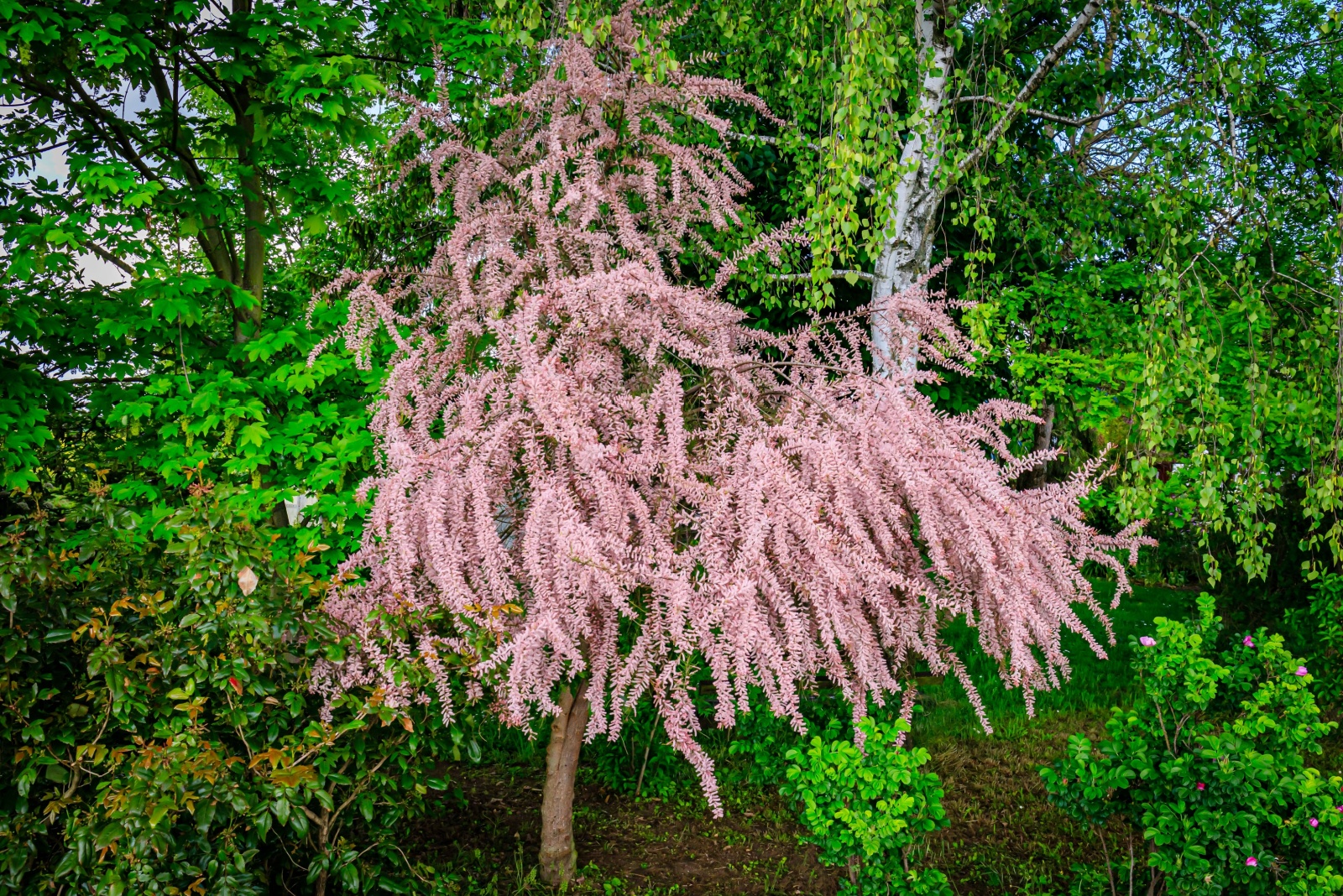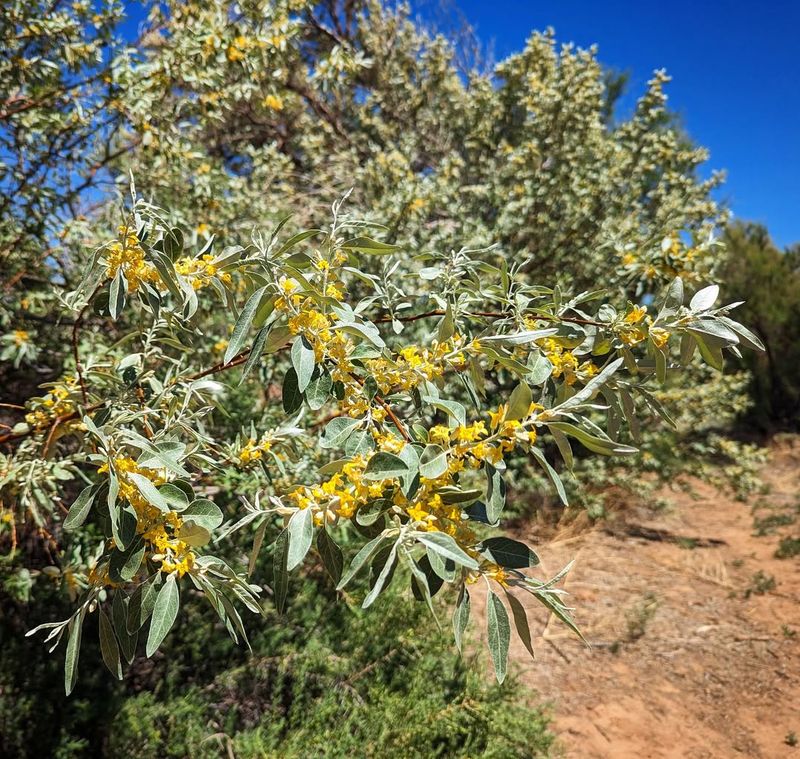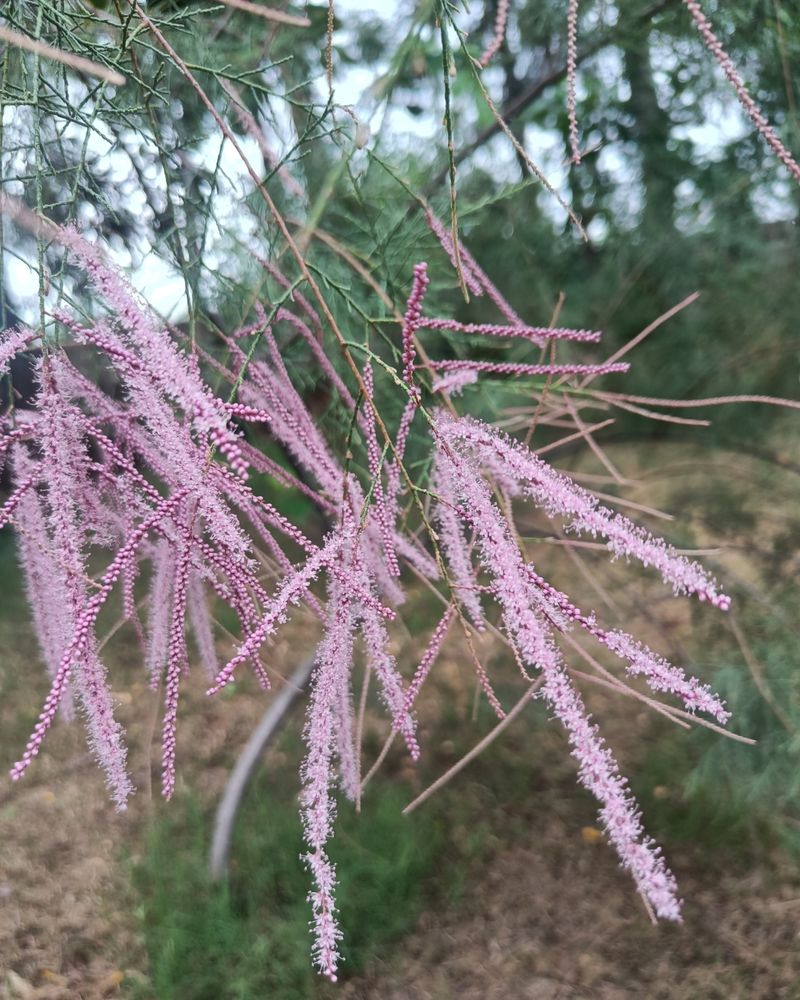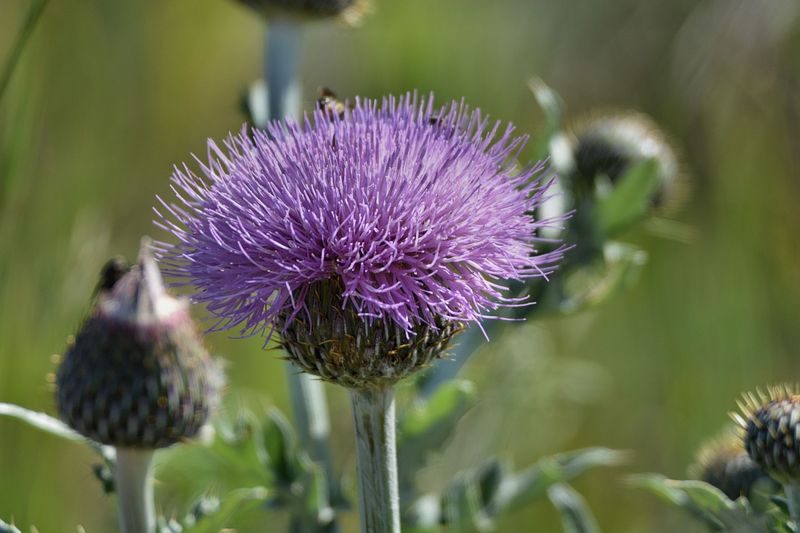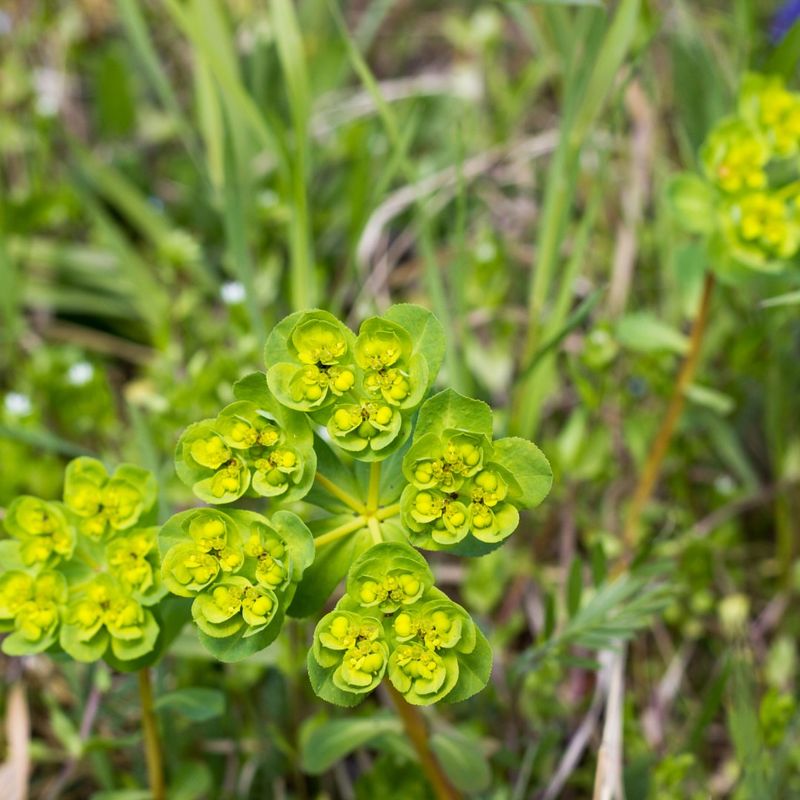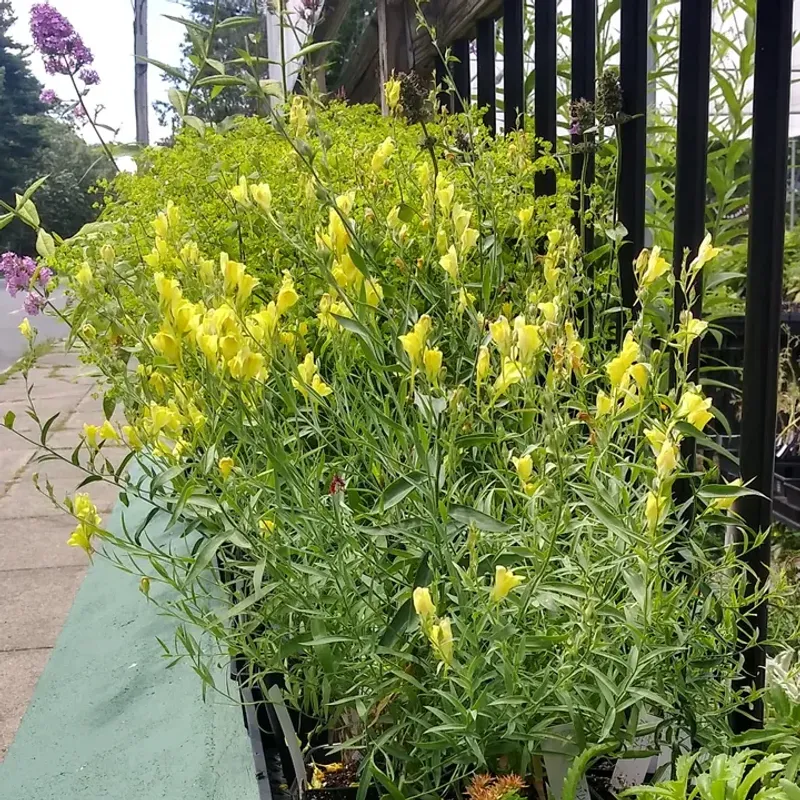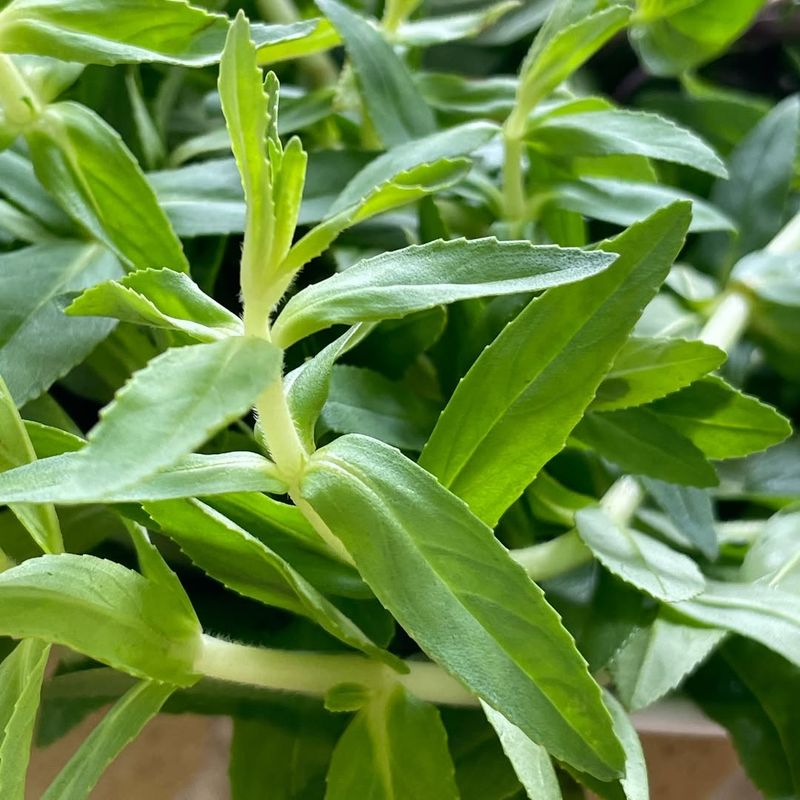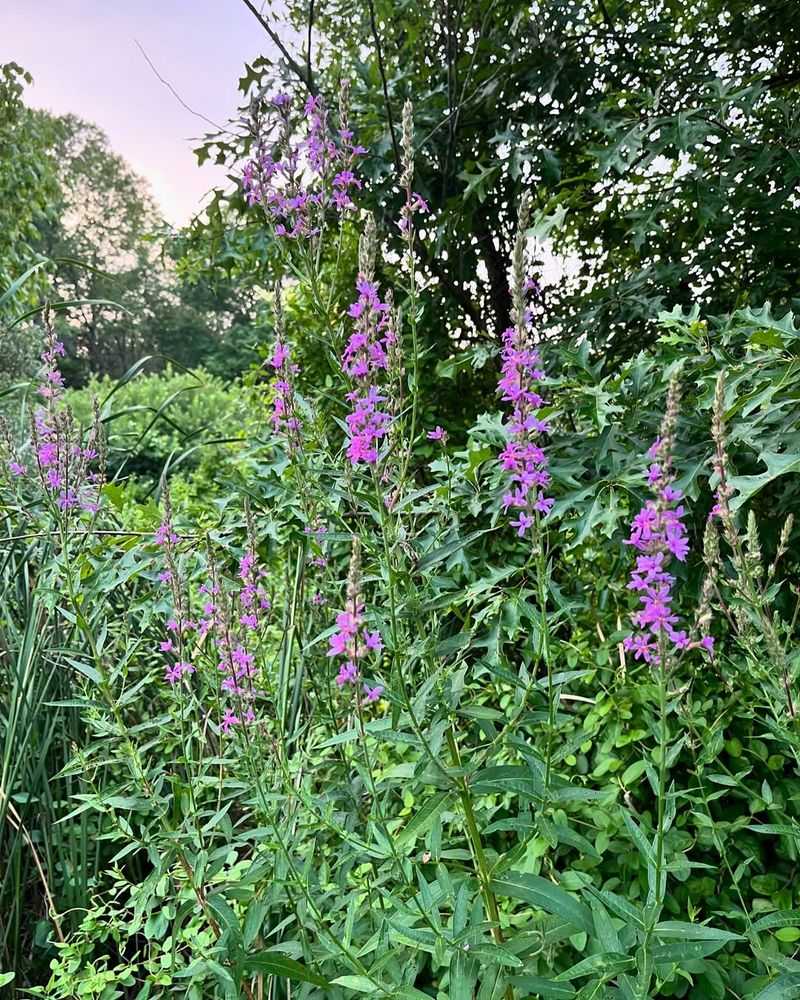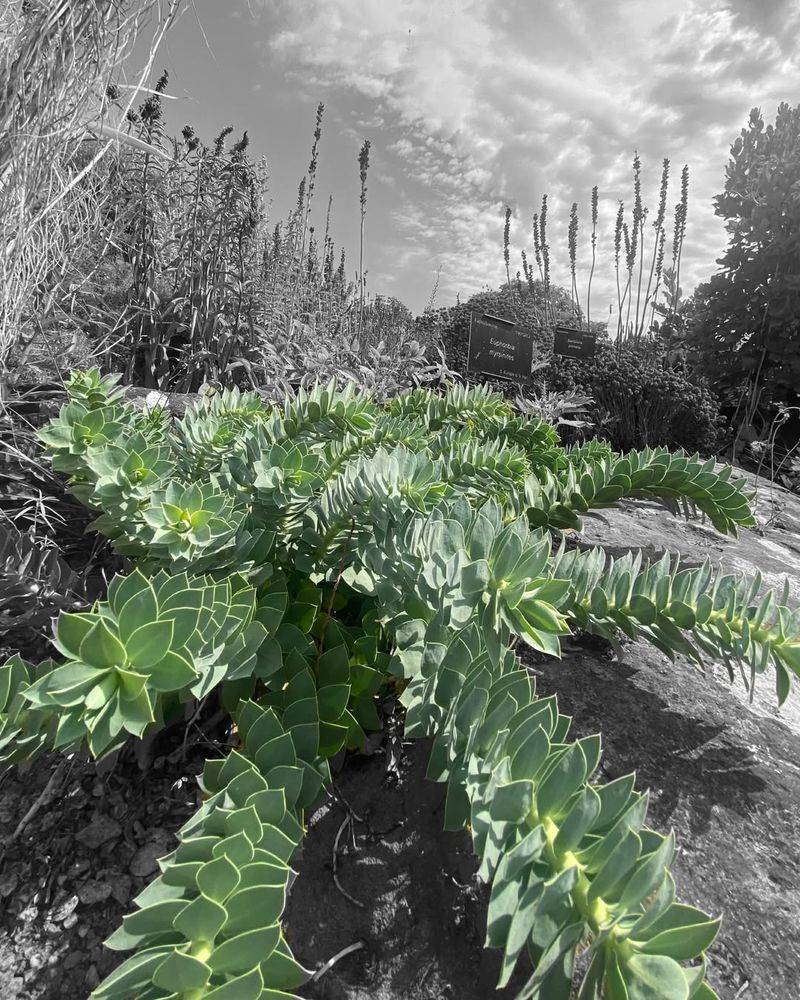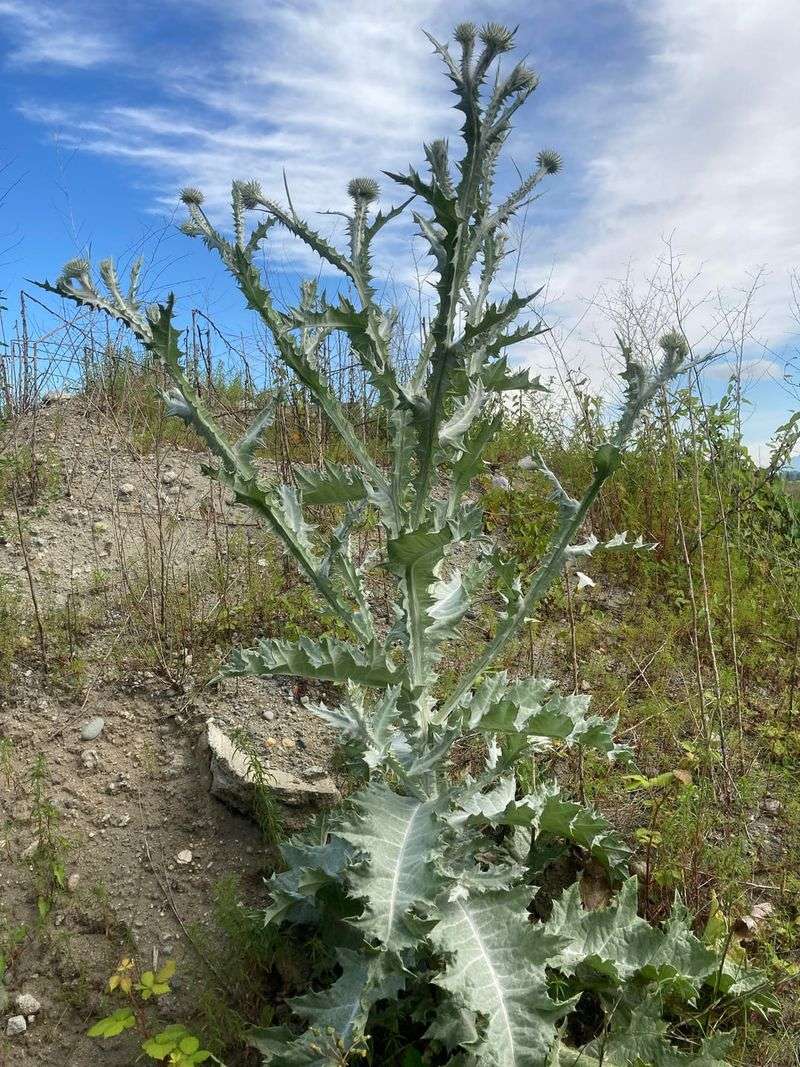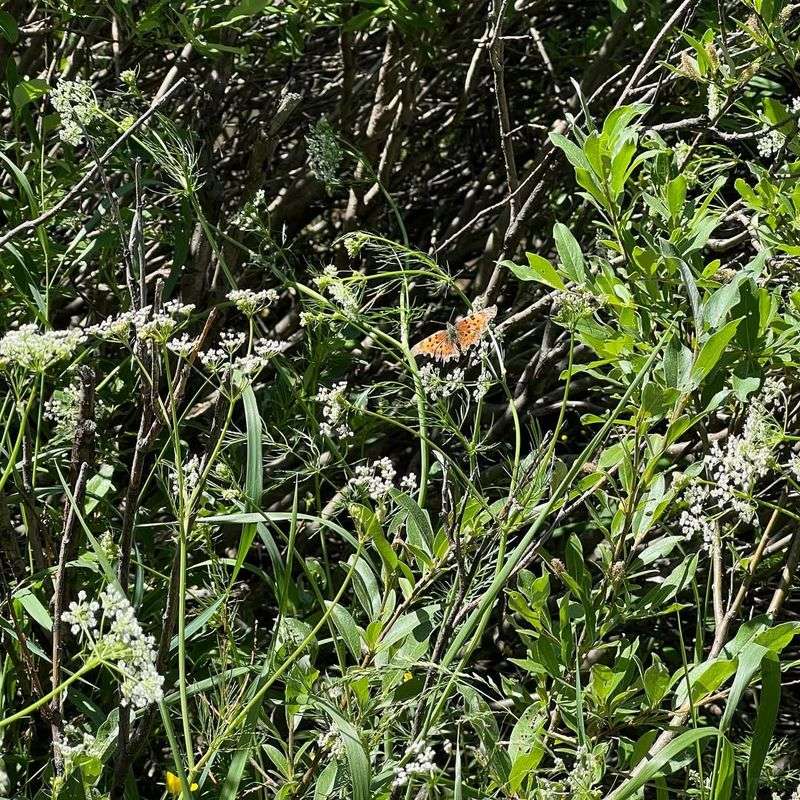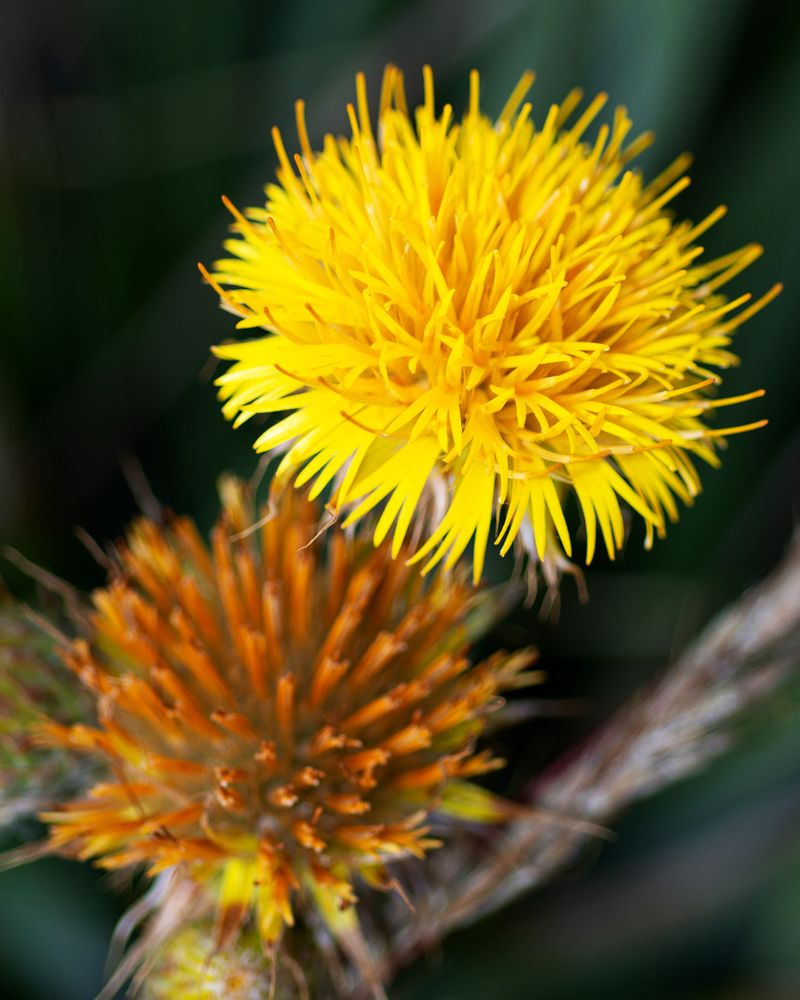Utah’s beautiful landscapes face a growing threat from invasive plants that spread quickly and harm native ecosystems. Many of these aggressive species are already growing in yards across the state, crowding out local plants and disrupting wildlife habitats.
Homeowners might soon be required to remove certain invasive plants from their properties to protect Utah’s natural environment and prevent further damage.
1. Russian Olive
Originally planted as windbreaks and ornamental trees, Russian olive has become a major problem along Utah’s waterways. The silvery-leaved trees form dense thickets that choke out native cottonwoods and willows.
Birds spread the seeds everywhere, making control difficult. Salt content in the leaves actually changes soil chemistry, preventing native plants from growing back.
Removal requires cutting and treating stumps with herbicide, as they resprout vigorously from roots.
2. Tamarisk (Salt Cedar)
With feathery pink blooms that look deceptively pretty, tamarisk drinks up to 200 gallons of water daily per plant. Introduced in the 1800s for erosion control, it now dominates Utah’s river corridors and wetlands.
The plant drops salt into the soil, creating conditions where only more tamarisk can grow. Wildlife struggles because it provides poor habitat compared to native willows.
Professional removal often involves biological controls like special beetles.
3. Canada Thistle
Despite its name, Canada thistle actually originated in Europe and southeastern Europe. Sharp spines make handling painful, and the plant spreads through both seeds and underground roots that travel horizontally.
A single plant produces thousands of fluffy seeds that float on the wind for miles. The deep root system makes pulling ineffective, as any root fragments left behind sprout new plants.
Repeated mowing combined with targeted herbicide application works best for control.
4. Leafy Spurge
Bright yellow-green flower bracts might catch your eye, but the milky white sap causes skin irritation and can poison livestock. Roots plunge 15 feet deep and spread 30 feet wide underground, making eradication incredibly challenging.
Each plant produces seeds that shoot out explosively, traveling several feet from the parent. Seeds remain viable in soil for eight years or more.
Biological control using flea beetles shows promise in some Utah counties.
5. Dalmatian Toadflax
Snapdragon-like yellow flowers with orange centers seem garden-worthy until you realize how aggressively this plant spreads. Waxy blue-green leaves help it survive Utah’s dry conditions better than native plants can compete with.
Root fragments as small as a quarter-inch can generate entirely new plants. Seeds germinate readily, and the plant thrives in disturbed soils along roadsides and trails.
Hand-pulling works only for small infestations caught early before roots establish deeply.
6. Hoary Cress (Whitetop)
Masses of tiny white flowers blanket fields in spring, looking like snow from a distance. Unfortunately, hoary cress contains compounds toxic to horses and reduces forage quality for other livestock.
The plant spreads through creeping roots that form dense colonies, pushing out desirable Utah plants. Seeds can remain dormant in soil for three years, complicating control efforts.
Mowing actually stimulates growth, so repeated herbicide treatments during active growth stages become necessary for effective management.
7. Purple Loosestrife
Tall magenta flower spikes create stunning displays in Utah wetlands, but beauty comes at a devastating ecological cost. A single mature plant produces over two million seeds annually, which float on water and germinate readily in moist soil.
Dense stands crowd out cattails and bulrushes that waterfowl and other wildlife depend on for food and nesting. The plant offers virtually no nutritional value to native animals.
Early detection and immediate removal prevent establishment in new wetland areas.
8. Myrtle Spurge
Utah garden centers once sold this attractive succulent as drought-tolerant landscaping, but it escapes cultivation easily. The milky sap causes severe skin burns and temporary blindness if it contacts eyes.
Blue-green spiraling leaves look ornamental, yet the plant invades natural areas and rangeland rapidly. Seeds explode from capsules, scattering up to 15 feet away.
Wear protective gloves and eyewear during removal, and bag all plant parts to prevent spread through yard waste or composting.
9. Scotch Thistle
Towering up to eight feet tall, Scotch thistle resembles something from a medieval fairy tale with its silvery spines and purple crown. Sharp spines cover every surface, making pastures unusable for livestock and painful for hikers.
Plants are biennial, forming low rosettes the first year before shooting up flowering stalks. Each plant produces thousands of wind-dispersed seeds.
Cutting before flowering prevents seed production, but requires protective clothing due to the vicious spines covering stems and leaves.
10. Perennial Pepperweed
Clouds of tiny white flowers top stems in early summer, but underground this plant wages war through extensive root systems. Roots spread laterally up to 10 feet and vertically down to 15 feet, forming impenetrable colonies.
The plant tolerates high salt levels, thriving in areas where native vegetation struggles. Even small root fragments regenerate into full plants.
Long-term management requires multiple years of treatment, combining herbicide application with persistent monitoring for new growth emerging from deep roots.
11. Yellow Starthistle
Bright yellow flowers armed with inch-long spines make this plant unmistakable and unwelcome. Horses that eat it develop a fatal neurological condition called chewing disease with no cure.
Taproots drill down three feet, allowing plants to access water unavailable to shallow-rooted natives. Seeds remain viable in soil for 10 years, creating persistent seed banks.
Early season mowing before flowering, combined with competitive grass seeding, helps prevent establishment in pastures and rangelands across Utah’s lower elevations.

